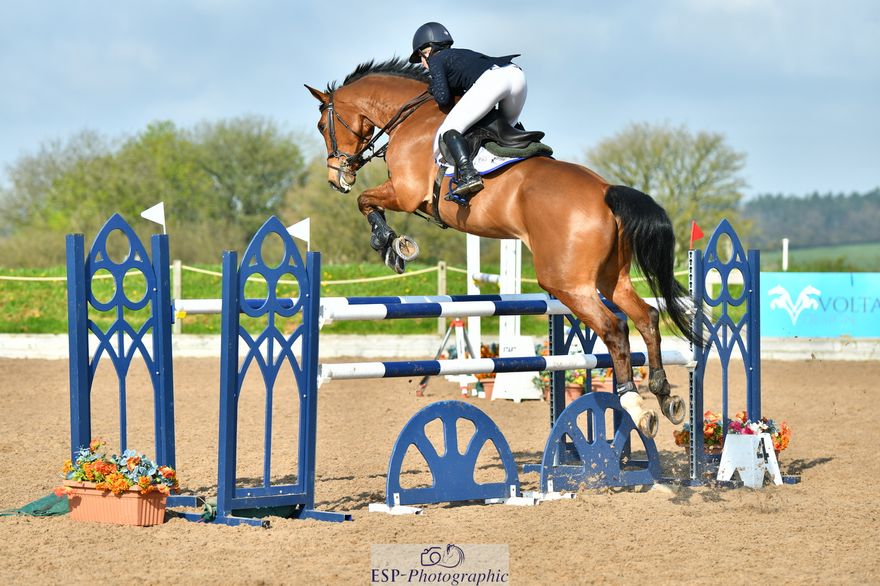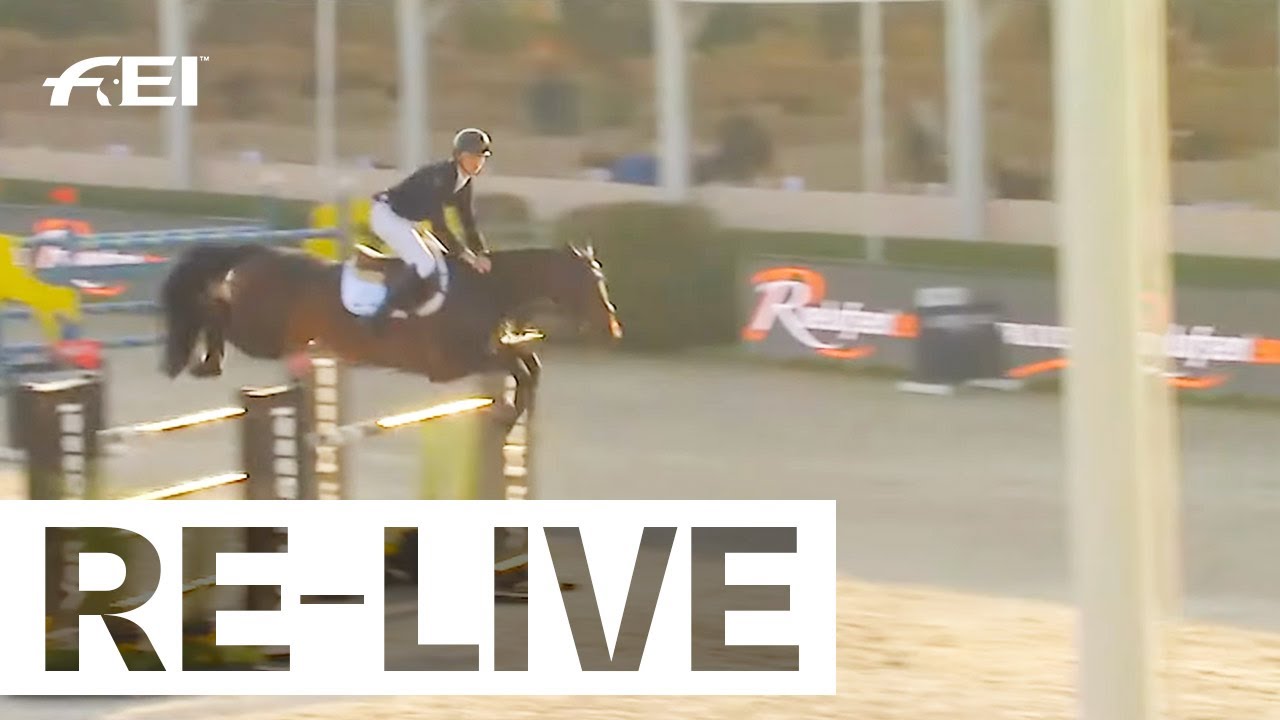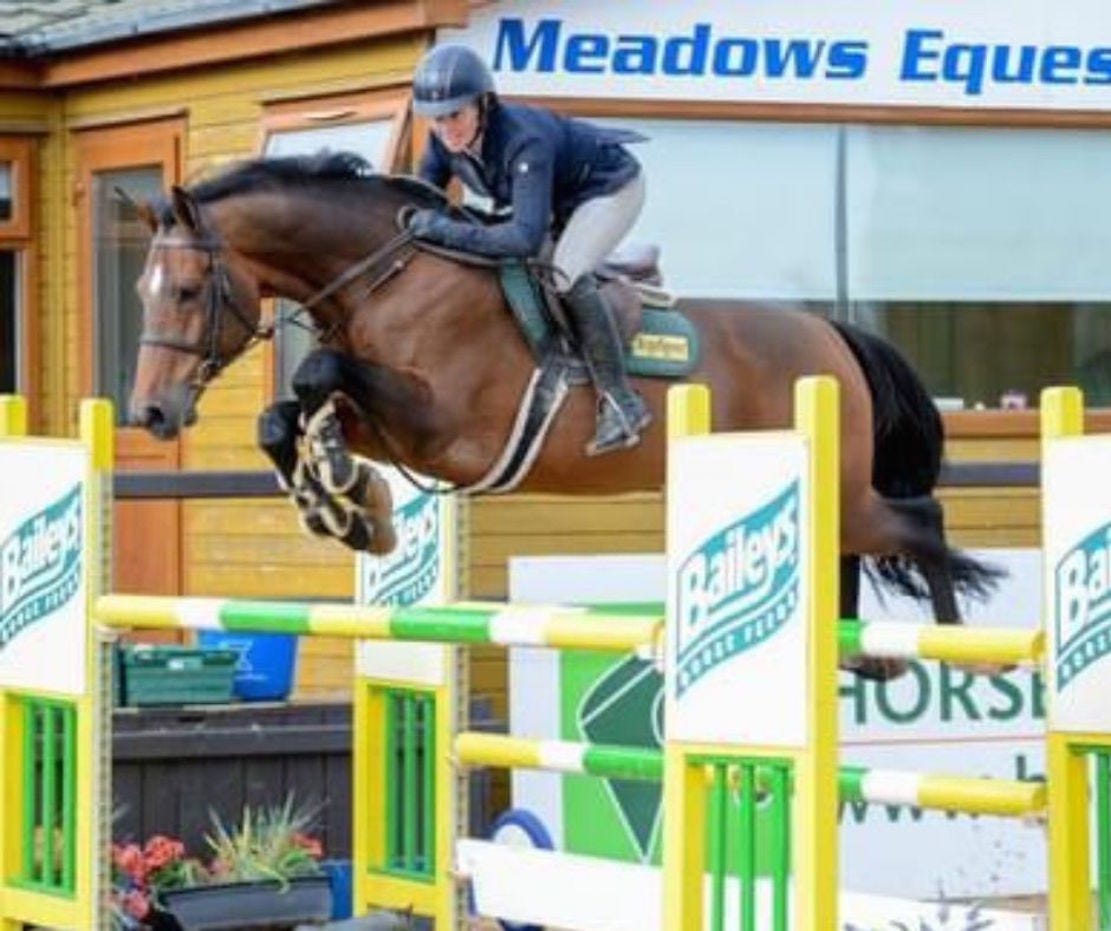Training a Young Horse for Show Jumping: A Comprehensive Guide

Training a young horse for show jumping is a rewarding yet challenging process that requires patience, consistency, and a well-structured approach. This guide will walk you through the essential steps, techniques, and considerations to prepare your horse for success in the show jumping arena.
Understanding the Basics of Show Jumping

Show jumping is an equestrian sport where horse and rider jump over a series of obstacles within a set time. It demands agility, strength, and precise communication between horse and rider.
| Key Elements of Show Jumping | Description |
|---|---|
| Obstacles | Various jumps including verticals, oxers, and combinations |
| Scoring | Based on faults (knocking down rails, refusals) and time |
| Horse Requirements | Athleticism, temperament, and training |
Preparing Your Young Horse
Before beginning formal training, ensure your horse is physically and mentally ready. This includes:
- Health Check: A thorough veterinary examination to rule out any physical issues.
- Basic Handling: Familiarity with grooming, tacking up, and leading.
- Groundwork: Establishing trust and respect through lunging and basic commands.
Step-by-Step Training Process
1. Building a Strong Foundation
Start with flatwork to develop balance, rhythm, and responsiveness. Focus on:
- Walk, trot, and canter transitions
- Straightness and bending exercises
- Developing impulsion and relaxation
2. Introducing Poles and Small Jumps
Use ground poles and small cross-rails to accustom the horse to jumping. Benefits include:
- Improving coordination and timing
- Building confidence over obstacles
3. Gradual Increase in Jump Height and Complexity
Slowly raise the height and introduce different types of jumps such as oxers and combinations. Always monitor the horse’s comfort and willingness.
4. Conditioning and Fitness
Incorporate hill work, trotting poles, and varied terrain to enhance strength and stamina.
5. Mental Training and Desensitization
Expose your horse to different environments, noises, and show settings to reduce anxiety and improve focus.
Common Challenges and Solutions
| Challenge | Solution |
|---|---|
| Refusal to jump | Reassess approach, use positive reinforcement |
| Lack of focus | Shorten sessions, increase variety |
| Physical fatigue | Adjust workload, ensure proper rest |
Equipment Essentials
- Properly fitted saddle and bridle
- Protective boots for legs
- Quality grooming tools
FAQ
Q1: At what age should I start training my horse for show jumping?
A: Typically, training begins around 3 to 4 years old, depending on the horse’s physical and mental maturity.
Q2: How often should training sessions be held?
A: Consistency is key; 3 to 5 sessions per week are ideal, balancing work and rest.
Q3: What diet supports a young show jumper?
A: A balanced diet rich in protein, vitamins, and minerals supports growth and energy needs.
Conclusion
Training a young horse for show jumping is a gradual process that combines physical conditioning, skill development, and mental preparation. With patience and the right approach, your horse can become a confident and successful competitor.
This expanded content provides a structured, informative, and engaging article framework that can be developed into a full-length blog post optimized for SEO and reader interest.
